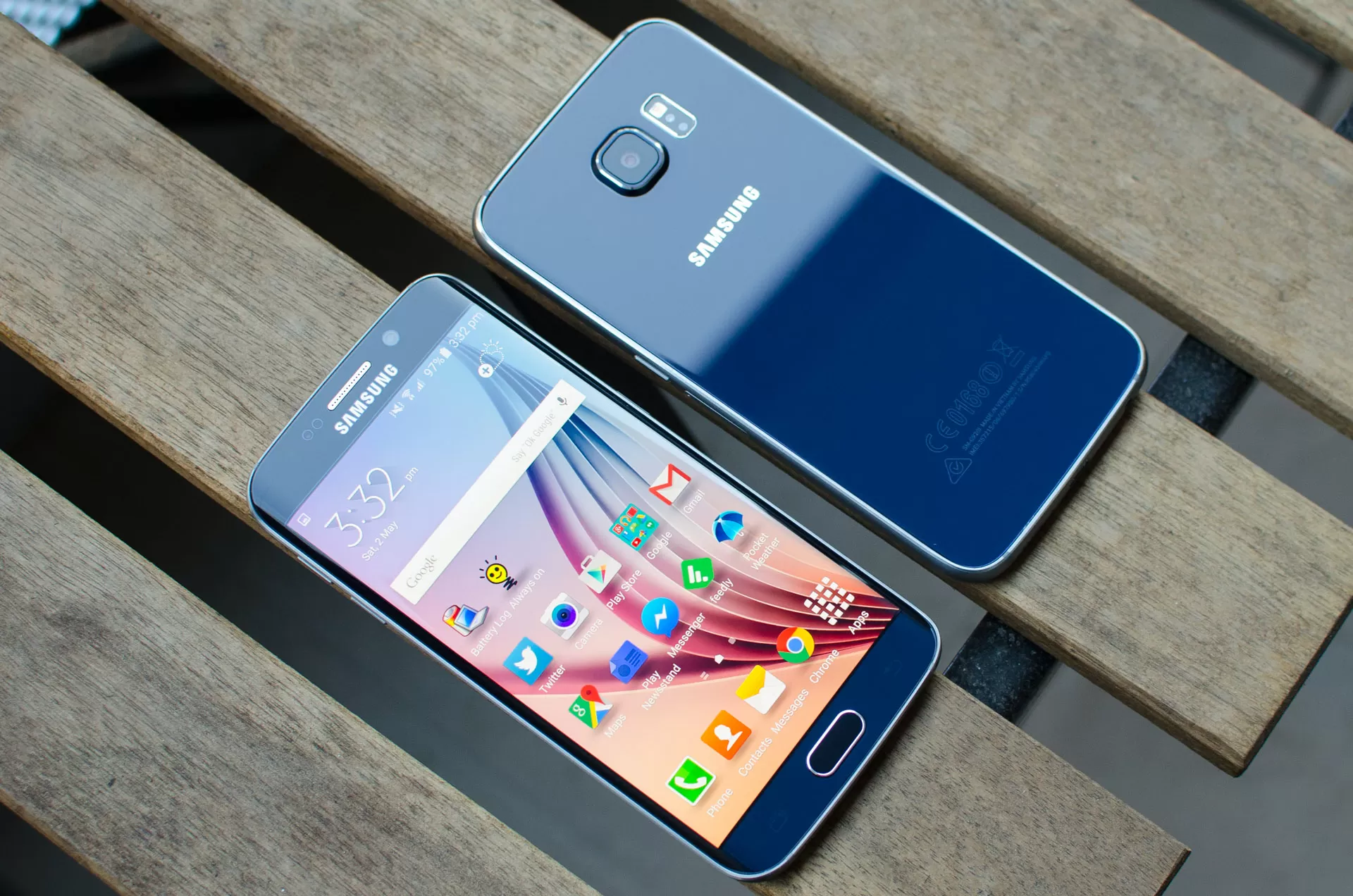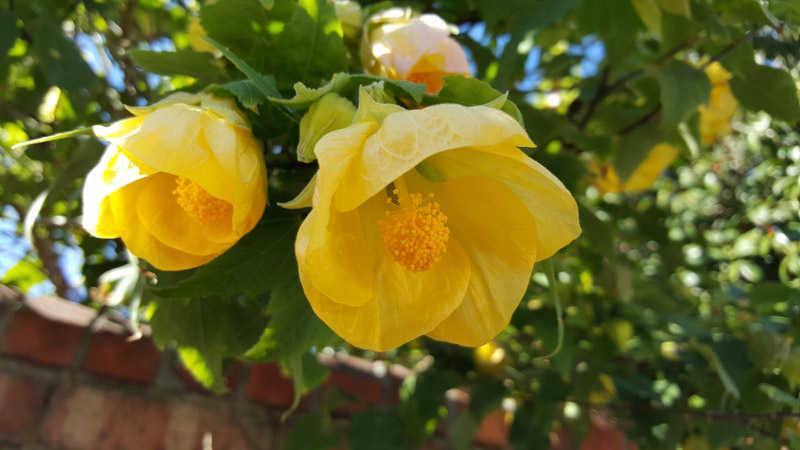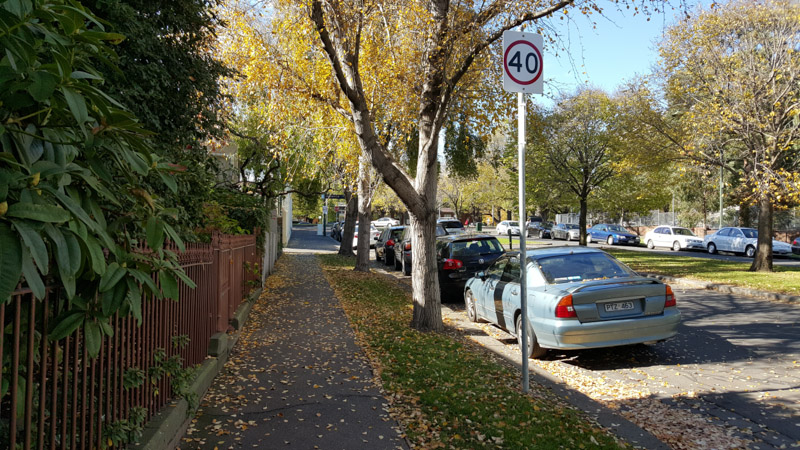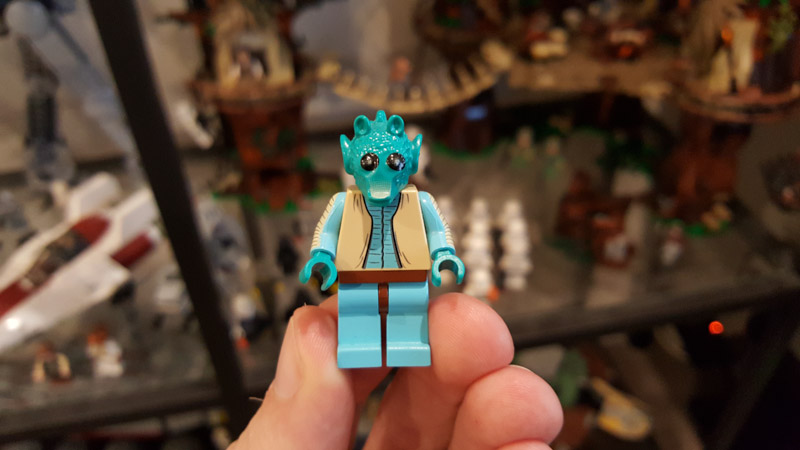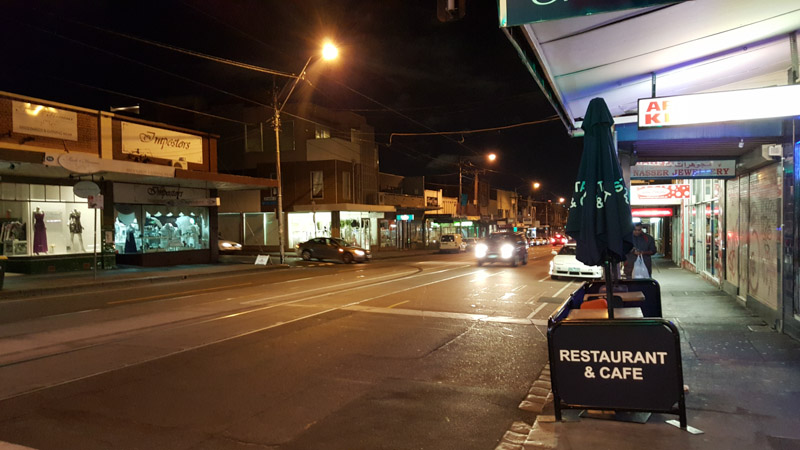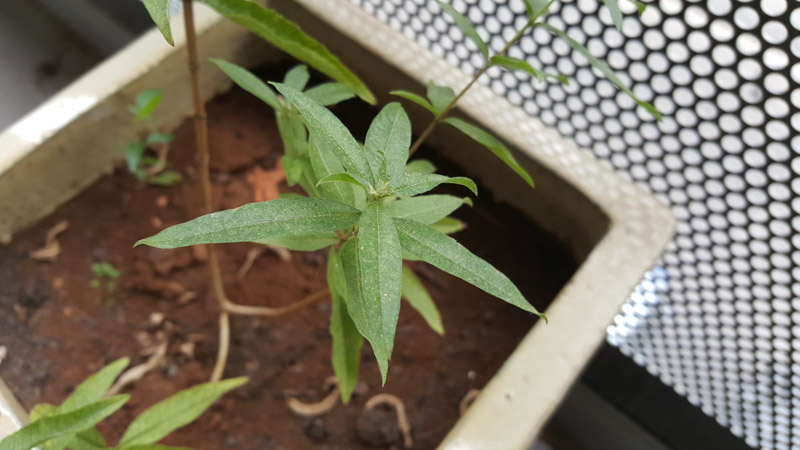Camera: Contender For The Best
Another aspect of the Galaxy S6 that has been improved compared to the last-generation Galaxy S5 is the camera. While the rear sensor's 16-megapixel resolution remains the same, most of the other aspects of the camera have changed.
The rear sensor on the Galaxy S6 and S6 Edge is the Sony IMX240, a 1/2.6" CMOS unit with a resolution of 16-megapixels, 1.12 micron pixels, and a 16:9 native aspect ratio. It's paired with an f/1.9 lens with an effective focal length of 28mm, and optical image stabilization. The front camera is a Samsung S5K4E6, which is a 1/4.1" five-megapixel sensor with 1.34 micron pixels, paired with a 22mm f/1.9 sensor.
We should note that some Galaxy S6 and S6 Edge devices will come equipped with Samsung's homegrown ISOCELL sensor instead of Sony's part. When questioned on the matter, the company aknowledged that it is using camera sensors from "several different vendors" and that they all meet strict global quality and performance standards. While it's unclear which regions are getting which sensors, we can confirm that the same thing happened with the Galaxy Note and both cameras performed the same. With that said, our impressions are based on the Sony IMX240 sensor.
After just a few days with the Galaxy S6 it was easy to see that Samsung has retained its crown as the producer of the best Android smartphone camera systems. The Galaxy S6 takes awesome photos in nearly all conditions, and it could just well be the best smartphone camera available on the market overall, often producing photos that equal, if not beat the Apple iPhone 6 Plus.
Samsung's image processing continues to slay the competition, and with OIS helping to produce blur-free images in low light and at lower ISOs, the Galaxy S6 isn't just a fantastic camera in good conditions. Across the board the Galaxy S6 takes vibrant images with great levels of saturation, excellent clarity, decent contrast, and loads of detail. The 16 megapixel images taken look sharp when downscaled, especially on the smartphone's high-resolution 1440p display.
While many photos I took with the Galaxy S6 contain a certain level of wow-factor, as they look great for images taken with a smartphone, I was impressed at how accurate they are in comparison to the 'real' scene. For example, an image taken on a cloudy autumn day captures the colors of yellow and green tree leaves, but the overall image has a certain level of dullness that you'd expect for the conditions on the day. If the image post processing had tried to make the image too vibrant, an overcast day could end up looking like a sunny day, but if the processing hadn't gone far enough (like HTC's past few flagships), the whole image would look washed out.
Most smartphones can take great outdoor shots, but it's under artificial lights where they might struggle. Not so on the Galaxy S6, as the excellent balance between saturation and accuracy continues with indoor shots, where I was particularly impressed with the performance of the camera. Photos sometimes have a tendency to look too yellow if artificial lights are relatively warm, but other than that, indoor shots are surprisingly bright, free of blur and grain, and appropriately vibrant.
In low light, the Galaxy S6 does a decent job considering the sensor's lack of large pixels. Images tend to be somewhat grainy at night, but brightness is decent and you can usually see what the photo is trying to capture. I doubt a hardware combination like this would be able to compete with an excellent low-light performer like the HTC One M9 or some of Nokia's optically-stabilized Lumias any time soon, but the Galaxy S6 does the best job of any smartphone I've seen with 1.12 micron pixels.
However the good news is that grain isn't an issue from the Galaxy S6 camera until you get to these night time situations. I still think that Samsung applies post-processing sharpening and grain-reduction filters that are too aggressive, as full-resolution images aren't as detailed as I would expect from a high quality 16-megapixel sensor. It's not as bad as previous Samsung smartphones though, so clearly the company is working on it.
Two other aspects of the Galaxy S6 camera I was impressed with were the f/1.9 lens, which allows a lot of light to hit the sensor while providing decent background blur; and the very fast capture time. Even though the Galaxy S6 doesn't include a fancy laser autofocus system, autofocus times are blazing fast, and images are captured essentially instantly.
The front facing camera is also very good, and that's thanks to an f/1.9 lens that rivals the rear camera, alongside relatively large pixels. This means that selfies you take in low-light conditions, such as in a bar or club, will be reasonably bright without being hugely grainy, which is exactly what you want for a selfie camera. Naturally the quality isn't as good as the rear camera, but five megapixels is more than enough for regular selfie shots.
As for the camera application, the interface is simple with easy access to features like effects, HDR mode (though I'd recommend keeping it on auto HDR, which is excellent), and the camera flash. The simplicity, combined with an excellent auto mode, means you'll rarely need to mess with the settings, but there are a few available if you need to do so.
Samsung has moved to a camera feature distribution model similar to other OEMs, where they include a few camera modes by default, and allow you to download extra ones through a store. The included "Pro" mode allows you to control individual aspects of the camera, but it's not as good as other manual modes I've seen. There's also self-explanatory Panorama, Slow Motion, Fast Motion and Selective Focus modes, plus a Virtual Shot mode that allows you to create 3D images of objects within a certain distance. Downloadable camera modes include one that makes GIFs, and the every-present Beauty Face mdoe.
The Galaxy S6 records up to Ultra HD (3840 x 2160) video at 30 frames per second, which is captured in a High profile H.264 format with a 48 Mbps video stream and a 256 kbps two-channel audio stream. Quality is very good, matching what you get from photos in most situations, with crisp and clear audio. Stabilization is also decent, especially in comparison to non-stabilized cameras.
The S6 can also record 1080p/60 video at 28 Mbps; and 720p/120 slow motion with a recording bitrate of 48 Mbps (15 Mbps after editing it to 30 FPS), which is of decent quality and comes with a great editing feature.
